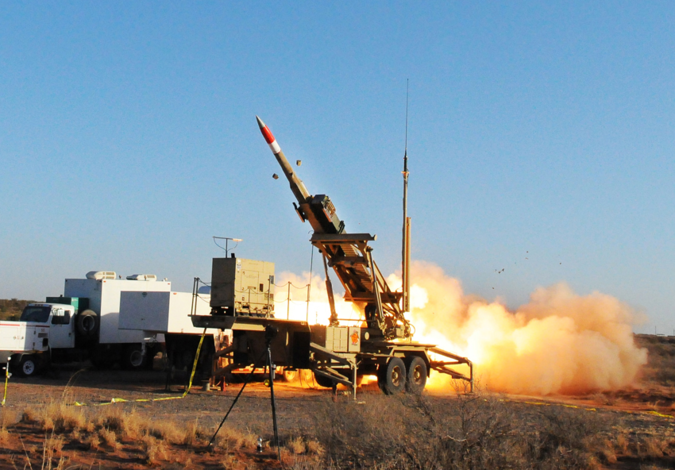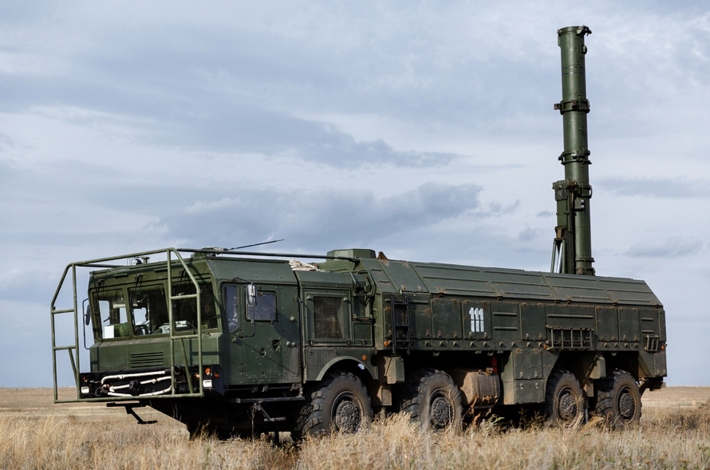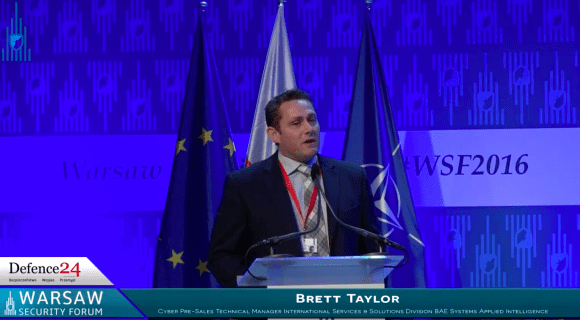Strona główna
NATO Should Recognize the Russian Missile Threat to Europe [OPINION]
Poland has become an alliance-wide leader in NATO defense efforts and it is one of only a handful of countries meeting NATO’s 2 proc. defense spending target. During the visit of President Donald Trump, Warsaw announced its decision to acquire Patriot missile defenses and the associated Integrated Air and Missile Defense Battle Command System (IBCS). The Trump Administration and its NATO allies should follow Warsaw’s lead and make a major change to NATO policy by explicitly referencing Russia as the target of allied regional missile defense architecture in Europe – as writes prof. Matthew Kroenig, an Associate Professor of Government and Foreign Service at Georgetown University, and a Senior Fellow in the Brent Scowcroft Center on International Security at the Atlantic Council.
Last month U.S. President Donald Trump visited Poland, a country that has become an alliance-wide leader in NATO defense efforts. Poland is the new center of gravity for any East-West conflict, it is one of only a handful of countries meeting NATO’s 2% defense spending target, and, during Trump’s visit, Warsaw announced its decision to acquire U.S. Patriot missile defenses and the associated Integrated Air and Missile Defense Battle Command System (IBCS).
The Trump Administration and its NATO allies should follow Warsaw’s lead and make a major change to NATO policy by explicitly referencing Russia as the target of allied regional missile defense architecture in Europe.
For years, the United States has been crystal clear that its strategic, homeland ballistic missile defense system is designed to deal with rogue states, like North Korea and Iran, and is not directed at Russia or China.
The purpose of NATO regional missile defenses in Europe, on the other hand, have been somewhat more ambiguous. The 2010 NATO Strategic Concept, for example, stated that NATO must be able to deter and defend “against any threat,” but the Obama administration’s “European Phased Adaptive Approach” (EPAA) to missile defense in Europe was designed to deal with threats coming from Iran. Similarly, the 2012 NATO Deterrence and Defense Posture Review states that “NATO missile defense is not oriented at Russia.” As Brad Roberts, Obama’s Deputy Assistant Secretary of Defense for Nuclear and Missile Defense policy, put it, “The Obama administration, like the Bush administration that preceded it, envisioned no role for missile defense in Europe against Russian missiles.”

But the threat environment has changed. In 2014, Russia invaded Ukraine and, since that time, Moscow has repeatedly made explicit threats against NATO and the rest of Europe. Russian strategists plan for “de-escalatory” “pre-nuclear” and nuclear strikes against NATO targets in the early stages of any conflict. Moreover, Russia has a wide array of conventional and nuclear-capable cruise and ballistic missiles to carry out these threats. It is violating its commitments under the Intermediate Range Nuclear Forces (INF) Treaty by testing and deploying a new ground-launched cruise missile and it has conspicuously deployed its Iskander missile in Kaliningrad, on the borders of NATO.
This growing Russian missile capability poses a real threat. It enables Moscow to coerce NATO members in peacetime and in crises and it could also have a devastating wartime effect. NATO maintains only a token trip-wire presence in the Baltics, so in the event of Russian aggression, the United States and NATO would need to project forces forward from Western bases. But these reinforcements would be highly vulnerable to Russian “de-escalatory” strikes, which might not only shock NATO into suing for peace, but could physically prevent NATO from providing an adequate defense of its members.

To counter this threat, NATO needs a regional missile defense architecture designed to defend against Russian missiles. A broad area defense of all of European territory would be costly and is unnecessary, but point defenses of critical military assets are badly needed. The United States and allies in Europe should develop missile defenses to protect critical bases, forward-deployed forces, air and seaports of debarkation (APODS and SPODS), as well as key command and control nodes.
Such missile defenses would greatly improve NATO security. With the possibility of a limited strike on military targets removed, Russia would be forced to threaten the direct targeting of population centers or an attempt to overwhelm defenses with larger-scale barrages. Both are riskier, and, therefore, less credible, propositions.
Unfortunately, NATO’s current missile defense posture is not currently geared toward this challenge as the Obama administration repeatedly explained.
Fortunately, however, the outlines of what could become a future NATO regional missile defense posture are beginning to form. Poland’s purchase of Patriot and IBCS is an important step forward. The latter system will allow the tying together of radars and interceptors of multiple current and future air and missile defense installations to create a more effective overall system.

These programs should continue, but they are only the beginning. Broadly, the United States can provide higher-end defenses with European allies purchasing systems for point defenses in their countries. Wealthier NATO countries, such as Germany, should consider deploying existing assets to vulnerable allies, such as the Baltics. Such an approach also demonstrates a concrete manifestation of the alliance burden sharing demanded by the Trump administration.
A regional missile defense architecture in Europe will greatly contribute to Western security, but getting it right depends on accurately identifying the source of the threat. NATO must stop tiptoeing around this obvious truth and explicitly recognize Russia as the primary missile threat to Europe.
Matthew Kroenig is an Associate Professor of Government and Foreign Service at Georgetown University, a Senior Fellow in the Brent Scowcroft Center on International Security at the Atlantic Council, and a former strategist in the U.S. Office of the Secretary of Defense.




